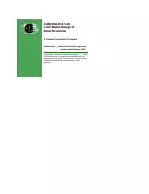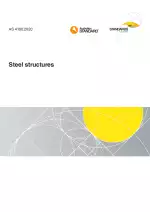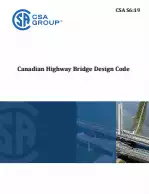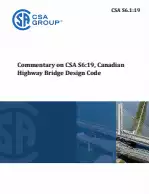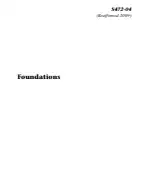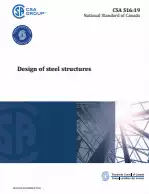Limit States Design of Steel Structures
Also Known As:
The CAN/CSA-S16.1-94 standard provides rules and requirements for the design, fabrication, and erection of steel structures. The design approach is based on limit states, which means that the structures are designed to be safe under all potential loading and environmental conditions.
The standard applies to a wide range of steel structures, including structural members, frames, and other components made primarily of structural steel. It also covers steel components used in structures framed with other materials. However, specific requirements for certain types of steel structures, such as bridges, antenna towers, offshore structures, and cold-formed steel members, are addressed in other CSA standards.
While the standard applies unconditionally to most steel structures, there may be a need for supplementary rules or requirements in certain cases. These include structures with unusual construction types, mixed systems of construction, structures with special features or requirements, or environments with severe conditions or loads.
In terms of design, the standard discourages the use of other standards for the design of members or parts of steel structures, unless explicitly directed in the CAN/CSA-S16.1-94 standard itself. However, it does allow for a rational design approach based on acceptable theory, analysis, and engineering practice, as long as it maintains equal or higher levels of safety as intended in the standard's provisions.
| Descriptors | Steel Construction, Structural Design, Construction Materials, Loading, Mechanical Behaviour of Materials, Fatigue, Beams, Girders, Joists, Composite Beams, Bolts, Earthquake-Resistant Design, Structures, Steels, Stability, Welding, Columns, Structural Members, Axial-Force-Resistant Members Surface Treatment, Inspection |
| ICS Codes | 91.080.10 - Metal structures |
| Language(s) | English |
| File Size | 1.1 MB |

